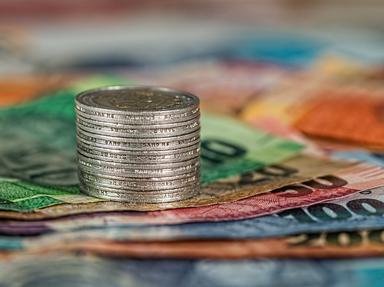
Animals on Euro Coins Trivia Quiz
The common side of all euro coins in circulation depicts a globe or map of Europe, but each eurozone country is allowed to choose their own design on the obverse side. See if you can identify the countries whose coins show images of animals.
This is a renovated/adopted version of an old quiz by author flamyngo
A matching quiz
by ponycargirl.
Estimated time: 3 mins.